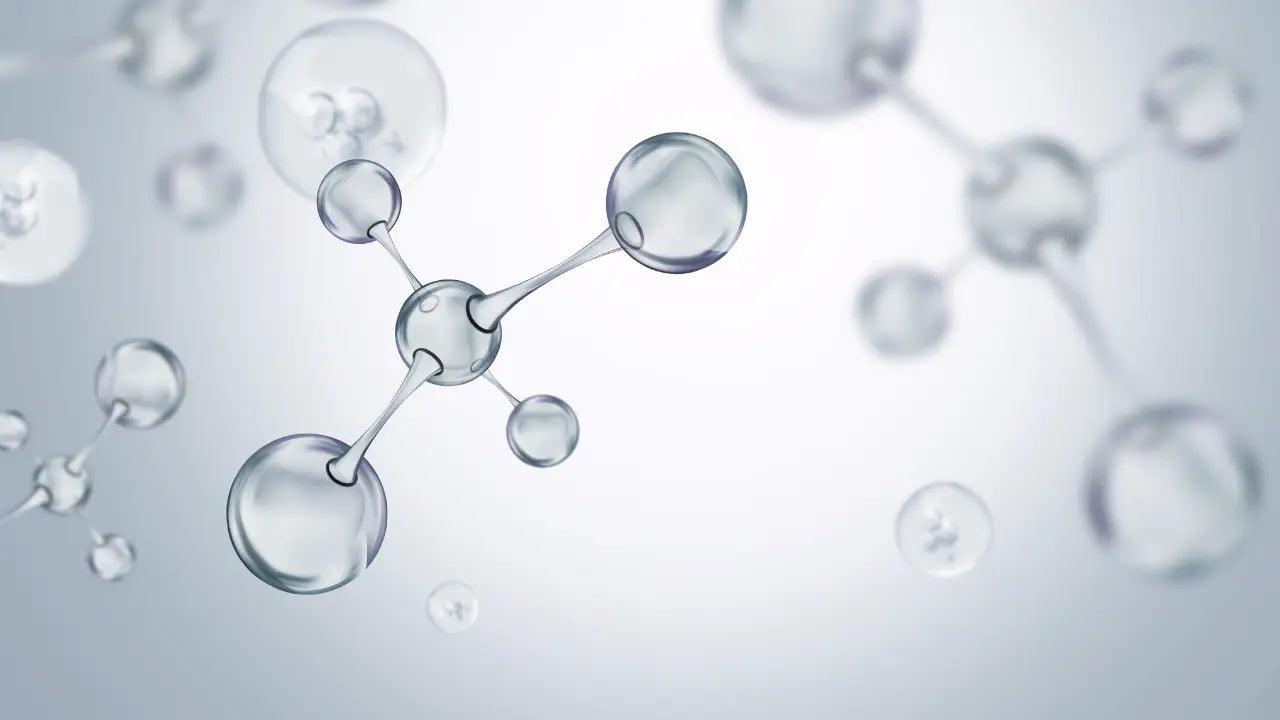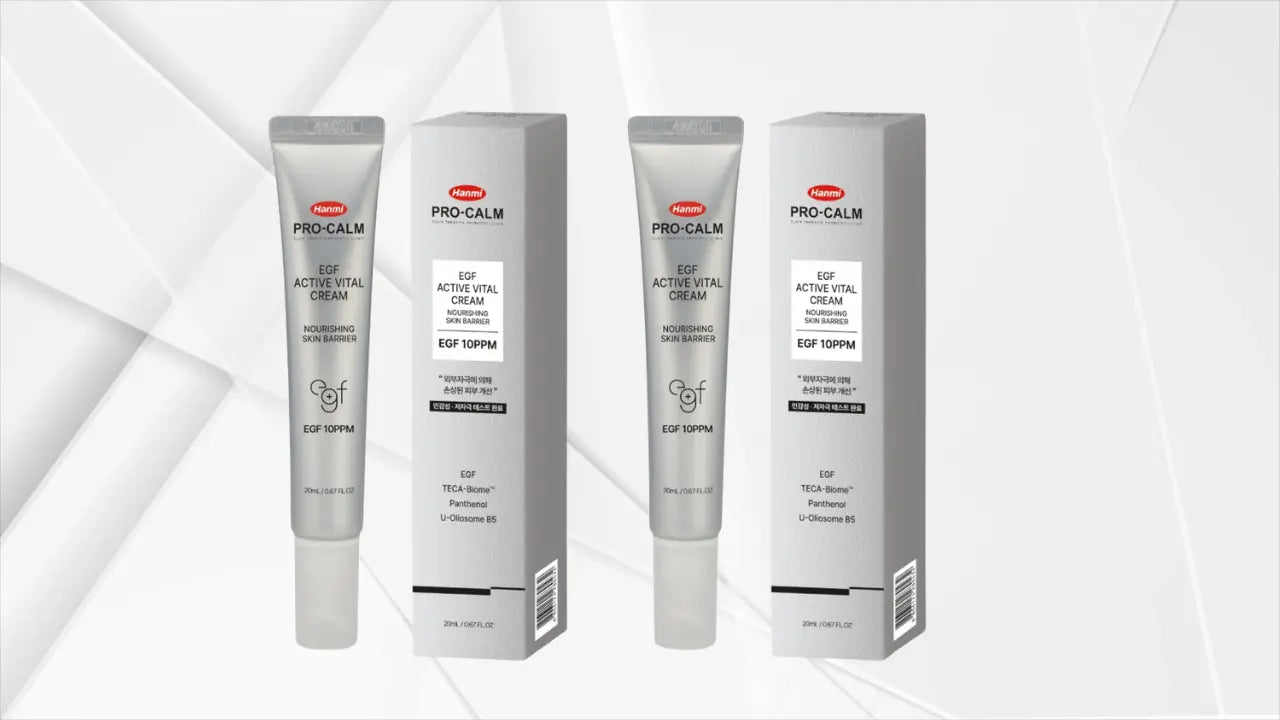Hera cleansing foam is a classic K-beauty face wash many reach for when they want a firmer lather and a clean-rinsing finish without a harsh squeak. In this guide, I break down what’s inside, who tends to like it, and how to use it in a routine without over-stripping, drawing on dermatologist recommendations for face washing basics and barrier care. For context, I tested it in a heated, low-humidity environment and in a muggy bathroom after workouts, alternating with gentler cleansers to see how it behaved under different conditions, and I balanced that experience with board-certified guidance on best practices for cleansing. Америкийн Сувилагчдын Академи
Hera cleansing foam at a glance
In everyday use, this cleanser lathers quickly, rinses clean, and leaves a faintly powdery finish that reads “fresh” rather than slippery. The brand highlights a 3-AHA complex—citric, lactic, and glycolic acids—plus cellulose beads that disperse as you massage, and a hydrating mix that includes multiple forms of hyaluronic acid and a ceramide. Those details come straight from the official product page, which also notes rose peptide and a “Hydro Ceramide Complex.” The full INCI list includes amphoteric surfactants such as cocamidopropyl betaine alongside fatty acids like myristic and stearic acid that help the foam build. If you like a thin, airy lather that still feels substantial on the skin, this texture will likely satisfy. HERA INTERNATIONAL
On my combination skin, the finish landed in the “refreshed” zone after morning use and felt slightly tighter after an evening double cleanse on days I’d already exfoliated. That difference is expected: skin’s tolerance fluctuates with climate, actives in your routine, and even how vigorously you rub. Generally, dermatologists recommend a gentle, non-abrasive approach to washing and to use fingertips rather than cloths to avoid unnecessary irritation. Америкийн Сувилагчдын Академи
If you’re shopping directly and want the store listing, the Hera Refreshing Cleansing Foam (160g) is available here for readers who prefer purchasing from our catalog with standard shipping and returns.
→ Hera Refreshing Cleansing Foam, 160g
Ingredients & how they work
The 3-AHA complex is the headline, and it’s fair to ask what acids can do in a rinse-off product. Alpha hydroxy acids like glycolic and lactic help loosen the bonds between dead cells, which can make skin feel smoother and appear brighter over time. Regulatory and medical sources describe AHAs as chemical exfoliants that can support texture and tone, while also reminding users about sun sensitivity and irritation potential depending on concentration and pH. Those cautions matter whether acids are leave-on or in a cleanser, though contact time is shorter in a wash-off. U.S. Food and Drug Administration+1
Beyond the acids, Hera’s formula leans on humectants such as glycerin and several hyaluronic acid forms, which attract water and can help offset the transient tightness that foaming surfactants sometimes create. Dermatology texts and peer-reviewed reviews consistently list hyaluronic acid and glycerin as core humectants used to bind water in the outermost skin layers, which is particularly useful after cleansing when moisture immediately starts to evaporate. In practical terms, that means the foam’s clean feel can be followed by a bouncier sensation once you pat on a hydrating toner or cream. jcadonline.com+1
Ceramide NP shows up on the label as well. Ceramides are part of the skin’s lipid “mortar,” and adding them to cleansers or moisturizers can help with comfort even if a rinse-off product won’t deliver the same replenishment as a leave-on cream. In my testing, pairing the foam with a lightweight, ceramide-containing moisturizer shortened the window between rinsing and that comfortably “settled” feeling.
Do AHAs work in a wash-off cleanser?
Short answer: they can contribute to a smoother feel and more polished look for some users, but expectations should match the format. Rinse-off products have limited contact time, which means they’re less likely to deliver the same exfoliation strength as leave-ons. Still, acids are pH-dependent, and when they contact damp skin—even briefly—they may help nudge off dead cells at the surface, especially if you massage for a full minute. Regulatory guidance on AHA safety also applies here: acids can increase UV sensitivity, so broad-spectrum sunscreen during the day remains non-negotiable if you use any AHA, even in a cleanser. Always monitor for dryness or stinging and back off if skin seems irritated. U.S. Food and Drug Administration
pH and surfactants: why they matter
The skin barrier tends to do best in a mildly acidic range, and research highlights that maintaining a lower pH in cleansing can be gentler on proteins and lipids. Harsh surfactants are known to strip those components, which is why many dermatologists favor milder, amphoteric blends and recommend avoiding aggressive rubbing or very hot water. In daily life, that translates to choosing a wash that leaves you clean but not “squeaky,” and to pat rather than scrub. The general principles around pH and surfactant mildness are supported in dermatology literature; while some of the foundational work is older, it’s still frequently cited when discussing barrier-friendly cleansing today. jaad.org+1
Who it suits & how to choose
If you prefer a quick lather that doesn’t cling and you enjoy the “just-washed” sensation, Hera’s foam may fit normal to combination skin especially well. On my skin, it paired nicely with a hydrating cream in dry office air and felt particularly refreshing after sweat sessions. Oily skin types often appreciate foams because they can cut through sebum more decisively; that said, dermatology clinics caution that gel or foaming textures can be drying for sensitive users, which is why patch testing and watchful use are smart. If you’ve historically reacted to fragrance in skincare, note that this formula is perfumed, and consider starting with brief, once-daily use. Cleveland Clinic
For redness-prone or post-blemish skin that gets easily hot and tight, a calming moisturizer can help you stay consistent without feeling stripped. I like to follow with a soothing option; readers who want that comfort step can explore a cica soothing cream that layers light yet brings relief after cleansing.
→ Dr.G Red Blemish Cica Soothing Cream (50ml x 2)
If dehydration is your main concern, a hyaluronic-rich cream works well after any foam. In my routine, a water-gel texture took the edge off quickly and helped makeup sit better on drier zones around the nose. A barrier-supporting pick with multiple HA weights is an easy match for this cleanser’s finish.
→ Torriden DIVE IN Hyaluronic Acid Soothing Cream 100ml (x2)
If you’re most concerned with clogged pores after long days in sunscreen or makeup, gentle but consistent cleansing matters more than brute force. Clinical and clinic guidance typically lands on a twice-daily rhythm for many people, with leeway based on workouts, climate, and tolerance. Pay more attention to how skin feels 10–15 minutes after drying: faint tightness that resolves with moisturizer is usually acceptable; lingering itchiness or shine-free tautness suggests you need a gentler or less frequent approach. Cleveland Clinic
How to use in your routine
I get the best results when I treat this cleanser as a second step at night and a single step in the morning. For sunscreen and long-wear makeup, an oil cleanser first makes everything easier and reduces the temptation to over-massage. A low-fragrance oil with a fluid slip melts mascara and base without tugging, and it rinses clean with this foam. If you prefer that approach, you can try an option with heartleaf extract that’s popular in K-beauty routines for its light texture and quick emulsification.
→ Anua Heartleaf Pore Control Cleansing Oil 200ml (x2)
Once you’ve wet your face with lukewarm water, a small pea of foam spreads farther than you think. I like to build the lather between damp palms until the bubbles go creamy rather than airy, then glide it over the T-zone first and cheeks second so the oiliest areas get slightly longer contact time. Dermatologists emphasize using fingertips rather than cloths or sponges and rinsing with lukewarm water, not hot, to keep irritation down. Pat dry—don’t rub—and move straight to hydration to trap that surface water. Америкийн Сувилагчдын Академи+1
Because this formula includes AHAs, I avoid stacking it with other leave-on exfoliants on the same night and I’m careful around retinoid days. If I’ve exfoliated earlier in the week, I either pick a different non-acid cleanser or I let the foam sit on damp skin for only 10–20 seconds. Sunscreen remains essential during the day because acids may make skin more sensitive to sunlight; that principle applies even with rinse-off formats, and broad-spectrum SPF helps lower the risk of irritation or uneven pigmentation. If you notice persistent redness, scale back use and simplify your routine until skin settles. U.S. Food and Drug Administration
Comparisons & FAQs
Some readers ask whether an AHA foam is “too much” for daily use. In my experience, it depends on your other actives and climate. In humid weather where sweat and oil build up, the foam’s clean slip can feel exactly right. In dry, heated rooms, once-daily use with a hydrating cream afterward often hits the sweet spot. If you love the airy texture but want to rotate in something even gentler for a couple of nights a week, an enzyme-based powder that activates with water can offer a smoother polish without the same acid profile, especially if you’re already using retinoids or vitamin C serums. That kind of alternative can be useful when you want a softer reset.
→ enzyme cleansing powder for a gentler polish
Others wonder whether the finish is compatible with serums and creams. On me, the foam played well under niacinamide and light hydrators, and it didn’t pill under sunscreen. If you’re layering strong actives, keep them on non-AHA nights or alternate mornings and evenings to sidestep cumulative irritation. The American Academy of Dermatology’s cleansing guidance also reminds us that how you wash—fingertips, lukewarm water, gentle pressure—matters just as much as what you wash with, which tracks with my results. Америкийн Сувилагчдын Академи
Finally, is a foaming cleanser inherently “drying”? Not necessarily. The mix of surfactants, oils, humectants, and pH all shape your experience. Dermatology literature shows that harsh surfactants can disrupt proteins and lipids, but modern formulas often temper that with amphoteric surfactants and conditioning agents. If your face feels tight for more than a few minutes, that’s your signal to adjust frequency, switch to a creamier cleanser on off-days, or lean into a richer moisturizer. Listen to your skin rather than chasing a schedule. PubMed
Hera cleansing foam brings a quick, fine lather and a clean-rinsing finish backed by a formula that mixes a 3-AHA complex with humectants and a ceramide. It can fit normal to combination and many oily skin routines, and even dry or sensitive types may enjoy it when paired with a calming moisturizer and used thoughtfully. If you wear long-wear makeup or heavy SPF, consider an oil step first to minimize rubbing, then keep your pressure light and your water lukewarm. When acids are in the picture—even in a cleanser—sunscreen the next day is part of the plan. If your routine already includes exfoliating serums or retinoids, alternate and patch test. With those habits in place, this foam can be a satisfying, low-drama workhorse that earns its spot by leaving skin clean, soft, and ready for whatever layers come next. HERA INTERNATIONAL+2U.S. Food and Drug Administration+2




